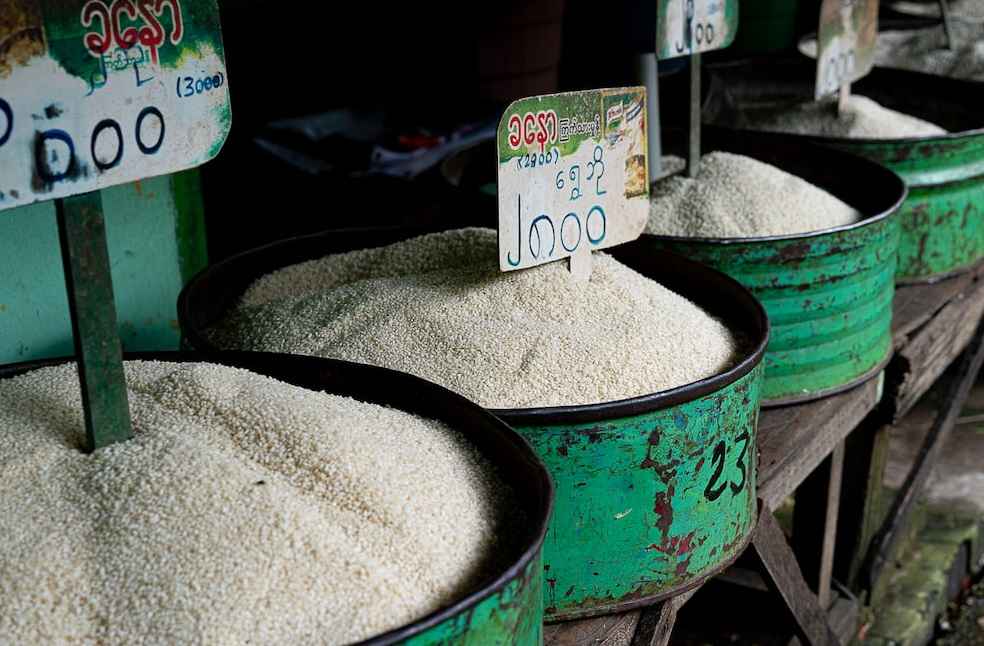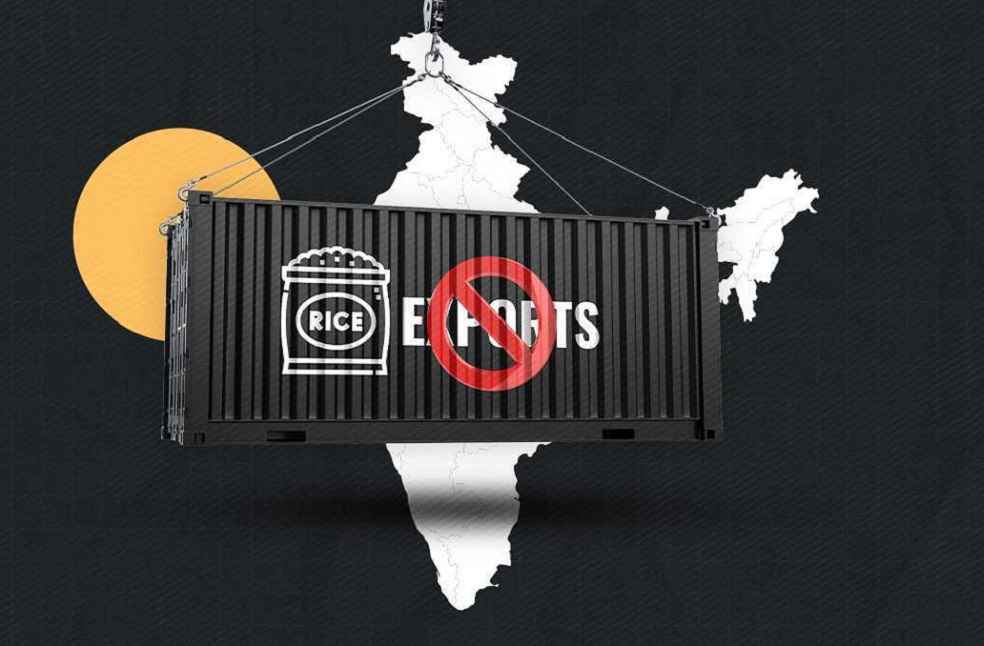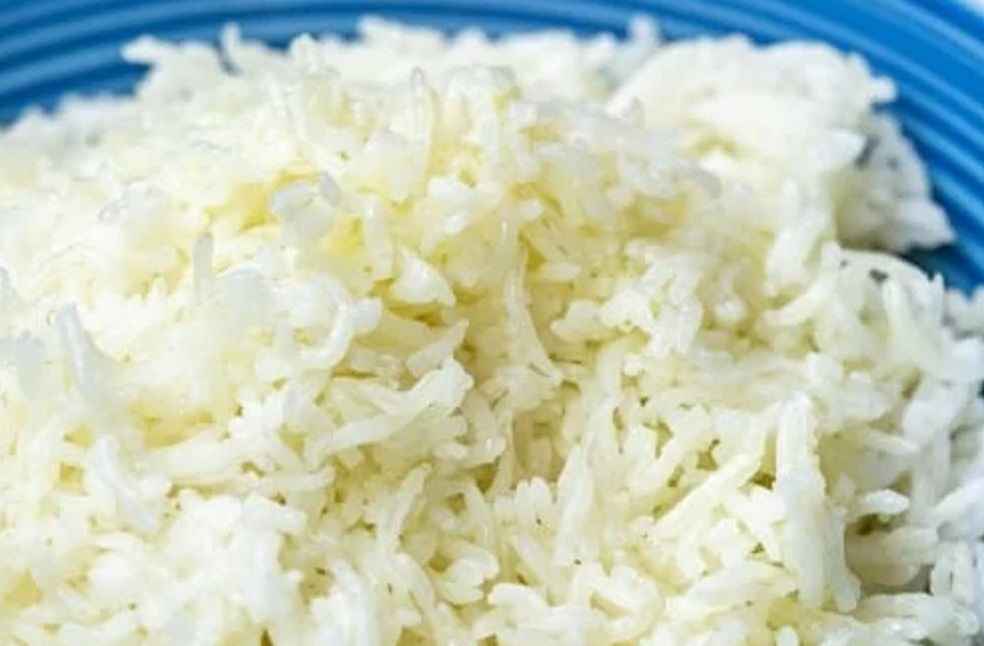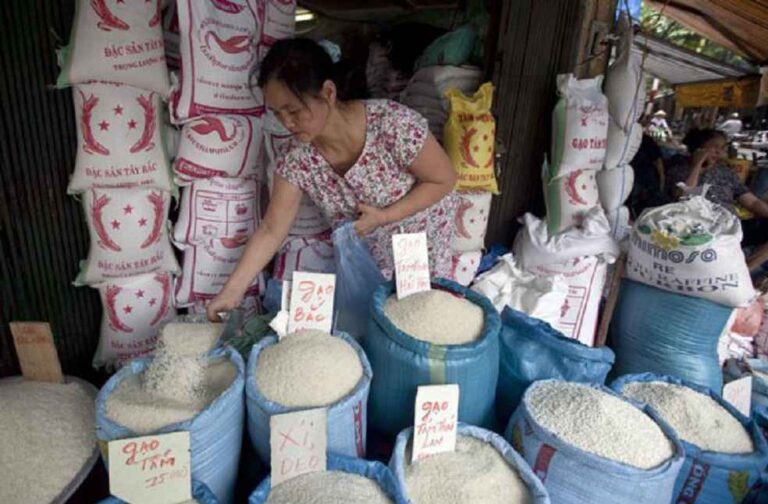The Association of Southeast Asian Nations (ASEAN) has rallied together to address a pressing rice crisis caused by the steep rise in global rice prices. Given rice’s pivotal role in the diets of Southeast Asians, there’s an intensified push within the member states for potential price caps to stave off inflation.
Encompassing ten Southeast Asian countries, ASEAN includes major rice exporters like Thailand and Vietnam, as well as prominent rice importers such as Indonesia, Malaysia, and the Philippines. These import-dependent nations face the brunt of escalating rice prices.
During the 45th ASEAN Ministers of Agriculture and Forestry (AMAF) meeting in Kuala Lumpur, Malaysia’s Agriculture and Food Security Minister, Mohamad Sabu, expressed collective concerns. Speaking to Bernama, Malaysia’s leading news outlet, he emphasized the hope for immediate assistance from ASEAN neighbors in times of food shortages.

Encouragingly, Thailand’s and Vietnam’s agricultural leaders pledged to prioritize rice shipments to fellow ASEAN countries. This commitment is particularly reassuring for Malaysia, Indonesia, and the Philippines, as they navigate the challenges of rising inflation.
Inflation metrics underscore the gravity of the situation, with Malaysia experiencing a 4.5% upsurge and Indonesia’s consumer prices surging by 2.28% in just the past month.
In a display of regional solidarity, ASEAN ministers collaborated with their counterparts from China, Japan, and South Korea. Following their discussions, a joint statement was released, praising China, Japan, and South Korea for donating over 10,000 tons of rice to the ASEAN Plus Three Emergency Rice Reserve.

The surge in global rice prices is attributed to India’s export restrictions and prevalent droughts in crucial rice-producing regions. This concern is further echoed by the United Nations Food and Agriculture Organization, which noted a 27.8% increase in its all-rice price index over the past year.
The situation in the Philippines, a leading global rice importer, remains critical. Even with a recently imposed price cap, retail prices for milled rice reached 43 pesos per kilogram in August, marking a nearly 10% increase from the prior year.
Experts like Roehlano Briones from the Philippine Institute for Development Studies urge caution, expressing skepticism over the local harvest season’s ability to stabilize prices.

Meanwhile, Indonesia, ASEAN’s largest economy, grapples with the challenge of dwindling rice production. With cultivable areas in Java shrinking rapidly, national rice yields face a potential decline. Tauhid Ahmad of the Jakarta-based Institute for Development of Economics and Finance highlighted this alarming trend.
ASEAN’s cohesive approach emphasizes the region’s unwavering commitment to mitigating shared adversities. The interplay of diverse challenges, from environmental factors to policy shifts, necessitates a comprehensive, multifaceted strategy to ensure food security and economic stability across the region.
BUSINESS GENERAL | Global Cereal Production Predictions for 2023 Increase, FAO Reports



